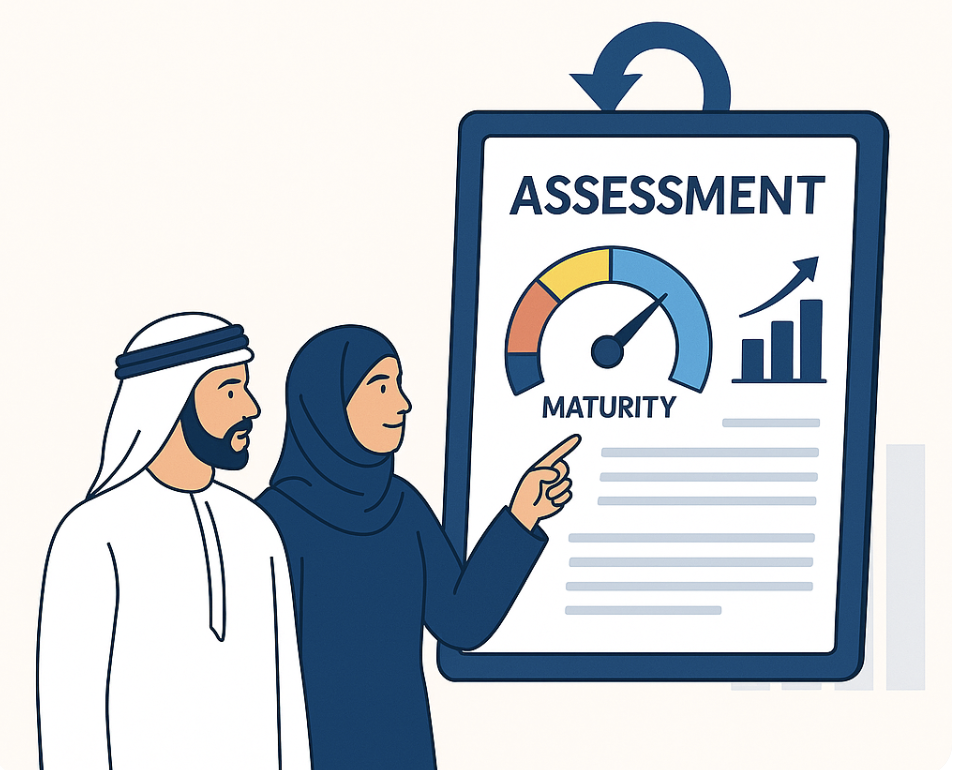Metrics are crucial for tracking progress and ensuring alignment with strategic goals. In the realm of Agile, understanding which metrics to use and how to interpret them is vital for driving meaningful insights and fostering continuous improvement. This blog delves into the complexities of Agile metrics, highlighting the most valuable ones and offering guidance on how to leverage them effectively.
Senior Management’s Love for Metrics
Senior management often relies on Key Performance Indicators (KPIs), metrics, and Objectives and Key Results (OKRs) to gauge progress and performance. However, the abundance of metrics in Agile frameworks can lead to confusion. Choosing the wrong metrics or misinterpreting them can hinder Agile practices rather than enhance them.
For example, how many times have Agile practitioners been in the scenario whereby a senior manager demands to know why one team has “delivered less” than an entirely different team because they reported fewer story points in a recent Sprint?
Having a desire to use data to drive decision making is good, however using the wrong data to do so is potentially damaging.
The Landscape of Agile Metrics
Agile frameworks promote flexibility, rapid delivery, and continuous improvement. However, many metrics commonly used in traditional project management do not align with these principles. For instance, focusing solely on output metrics can drive teams to prioritise quantity over quality, ignoring essential elements like collaboration and learning.
The Pitfalls of Velocity
Velocity is one of the most popular metrics in Agile. It measures the amount of work a team completes during a Sprint. While it can provide a sense of productivity and help in planning, its misuse can be detrimental. If teams are pressured to meet velocity targets, they might inflate estimates, cut corners, or sacrifice quality, ultimately undermining the Agile ethos of sustainable development and continuous improvement. It can also discourage smarter ways to achieve the same sprint goal by focusing on the original sprint backlog forecast.
Essential Agile Metrics for Meaningful Insights
Cycle Time
Cycle time measures the total time taken from the start of a task to its completion. This metric helps identify bottlenecks and inefficiencies, enabling teams to streamline workflows and enhance delivery speed without compromising quality.
Lead Time
Lead time tracks the duration from when a feature or user story is requested to its delivery. It provides insights into overall responsiveness and efficiency, promoting continuous feedback and rapid iteration.
Customer Satisfaction
Customer satisfaction metrics, such as Net Promoter Score (NPS) or customer feedback ratings, offer a direct measure of how well products or services meet customer expectations. High customer satisfaction is crucial for business growth, loyalty, and positive word-of-mouth.
Quality Metrics
Quality metrics include defect density, escape rate (bugs found post-release), and automated test coverage. These metrics ensure that teams maintain high standards of software quality, reducing rework and enhancing customer trust.
Tracking and Utilising Agile Metrics
Define Clear Objectives
Align metrics with business objectives and Agile principles. Establish clear goals for each metric to avoid misinterpretation and ensure they drive desired behaviours and outcomes.
Foster a Culture of Continuous Improvement
Metrics should be part of a broader culture of learning and adaptation. Encourage teams to regularly reflect on metrics, identify areas for improvement, and experiment with new approaches to enhance performance.
Use Visualisation Tools
Visualise metrics on Agile dashboards or team boards to promote transparency and collaboration. Tools like Jira, Trello, or custom dashboards allow teams to monitor progress in real-time, identify trends, and make data-driven decisions to optimise workflows.
Conclusion
Understanding and leveraging the right Agile metrics is crucial for organisations undergoing Agile transformation. By focusing on metrics that provide meaningful insights and align with Agile values, teams can drive continuous improvement, deliver value predictably, and foster a high-performance culture.
Call to Action
Ready to unlock the power of Agile metrics for your organisation? Book a free consultation with Agility Arabia today to explore how our expert Agile coaching and consultancy services can accelerate your Agile journey. Visit [www.agilityarabia.com](http://www.agilityarabia.com) to learn more and take the first step towards Agile excellence.




